Ventralight Hernia Mesh Lawsuit: Did You Suffer Complications or Injuries From Ventralight Mesh?
The increasing prevalence of hernia mesh lawsuits, particularly those involving the Ventralight ST mesh, underscores critical concerns surrounding patient safety and the accountability of medical device manufacturers. As complaints of severe complications and the necessity for subsequent corrective surgeries emerge, it becomes imperative to examine the legal avenues available for those adversely affected. This discussion aims to shed light on the intricacies of pursuing litigation in such cases, including the identification of potential injuries linked to the Ventralight mesh, the process of seeking legal compensation, and the broader implications for regulatory oversight. The journey towards understanding these legal battles offers a pathway for affected individuals to explore their rights and potential recourse.

Hernia Mesh Lawsuits Overview
Hernia mesh lawsuits have emerged as a significant legal battleground, focusing on the serious complications and injuries alleged to have been caused by the Davol Bard Ventralight ST hernia mesh in hernia repair surgeries. These legal actions are predicated on claims that the mesh, a product designed to provide support and expedite healing in hernia repair, has instead led to adverse health outcomes for many patients. Plaintiffs in these cases argue that they were not adequately warned of the risks associated with the mesh, leading to unexpected and sometimes severe complications. The litigation landscape is dotted with numerous cases, each underscoring the alleged failure of the Davol Bard Ventralight ST mesh to perform as safely and effectively as represented, thrusting the issue into the legal spotlight.
Ventralight Mesh Complications
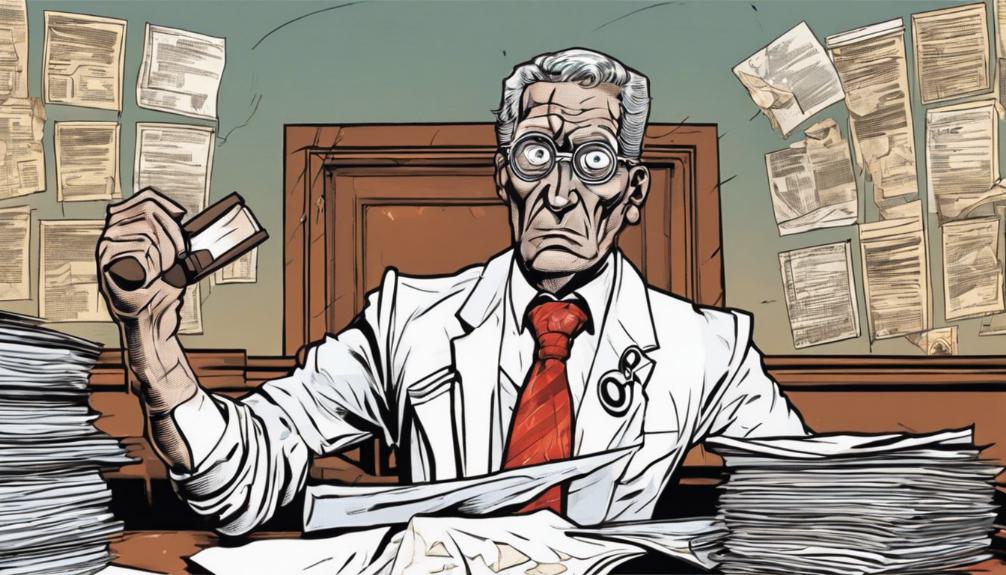
Building on the overview of hernia mesh lawsuits, it is crucial to examine the specific complications associated with the Davol Bard Ventralight ST mesh. Patients have reported a range of severe issues post-surgery, including chronic pain, mesh migration, and organ perforation. These complications often necessitate additional corrective surgeries, significantly impacting the patient's quality of life. The unique composition of the Ventralight ST mesh, which includes polypropylene with a resorbable HA/CMC (hyaluronic acid/carboxymethylcellulose) layer, has been identified as a potential factor in these adverse outcomes. Inflammation, infection, and rejection by the body are also notable concerns, highlighting the complexity and risks associated with hernia repair surgeries involving this specific mesh product.
Seeking Legal Compensation

Victims of complications from Davol Bard Ventralight ST hernia mesh are exploring legal avenues to seek compensation for their suffering and financial losses. Given the serious nature of the allegations surrounding this medical device, individuals affected are considering filing lawsuits against the manufacturer. These legal actions focus on claims that the Ventralight mesh was defectively designed or manufactured, and that insufficient warnings were provided about the potential risks involved.
Pursuing a lawsuit can provide financial relief for medical expenses, lost wages, pain and suffering, and other damages incurred. It's crucial for victims to consult with legal professionals who specialize in medical device litigation to understand their rights and the viability of their claims. Engaging in this legal process aims to hold manufacturers accountable and potentially secure a settlement or court-awarded compensation.
Corrective Surgeries Needed

Many individuals affected by the complications associated with Davol Bard Ventralight ST hernia mesh have found themselves in need of corrective surgeries. These procedures are often necessitated by issues such as mesh migration, adhesion, or perforation, leading to severe discomfort and additional health complications. Corrective surgeries aim to rectify these problems but are not without their own risks and challenges, including extended recovery times and the potential for further complications. The need for such surgeries underscores the severity of the issues related to the Ventralight ST hernia mesh, impacting patients' quality of life and financial stability due to additional medical costs and potential loss of income during recovery periods.
Mesh Composition and Risks
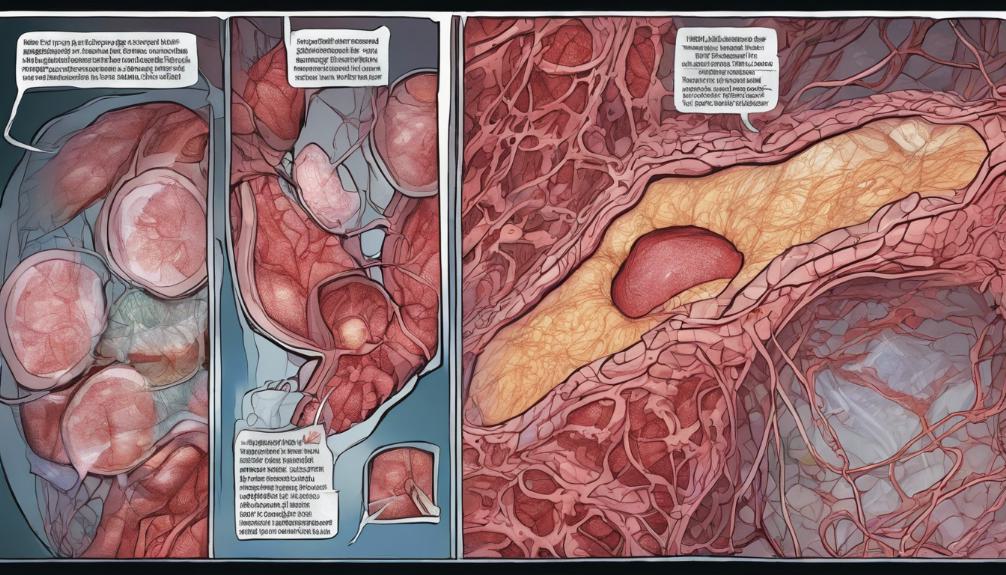
Understanding the composition of the Ventralight ST hernia mesh is crucial in comprehending the associated risks and complications that have led to numerous lawsuits. The Ventralight ST mesh is crafted from polypropylene, a type of plastic, and is coated with a resorbable hydrogel barrier made of hyaluronic acid (HA) and carboxymethylcellulose (CMC). This design is intended to facilitate integration with the body's tissue while minimizing inflammation. However, the polypropylene component has been linked to adverse reactions such as mesh shrinkage, migration, and erosion, leading to chronic pain, infection, and the need for additional surgeries. Furthermore, the resorption of the HA/CMC layer may not always proceed as intended, potentially exposing patients to the harsher effects of the underlying polypropylene. These issues underline the significant risks associated with the use of Ventralight ST mesh in hernia repair surgeries.
Drug Injury Lawsuits Context
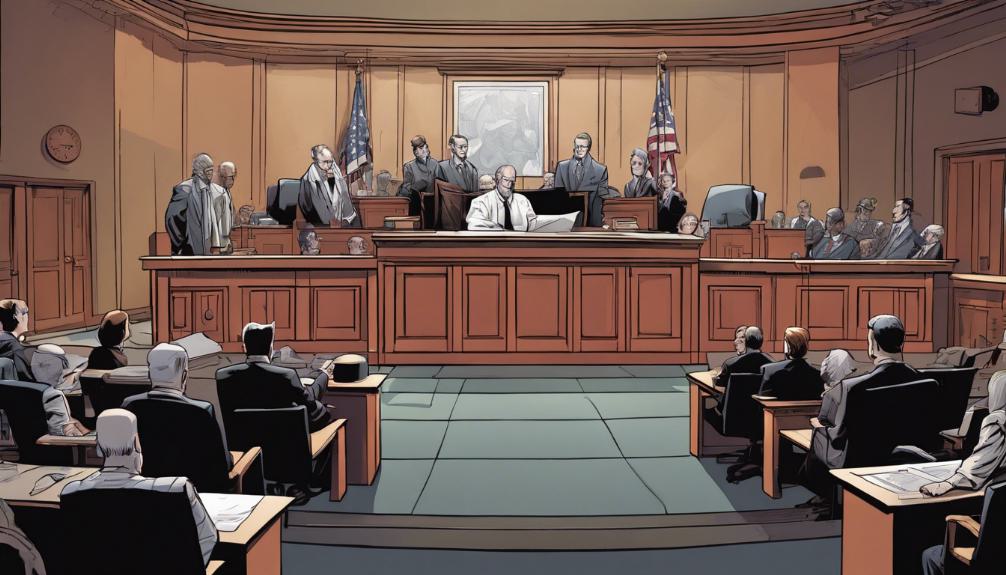
Shifting focus to drug injury lawsuits, it is essential to explore the legal challenges and health concerns associated with pharmaceuticals like Prilosec, Nexium, Tylenol, and Belviq, which have sparked significant litigation due to alleged harmful effects. These cases often revolve around allegations of cancer risks, severe health issues, and other injuries attributed to the consumption or use of these drugs. Plaintiffs have accused pharmaceutical companies of failing to adequately warn users about the risks or of knowingly marketing dangerous drugs. Such lawsuits underscore the critical balance between drug efficacy and patient safety, highlighting the imperative need for rigorous drug testing and transparent communication from drug manufacturers to consumers. As these cases proceed, they not only seek compensation for affected individuals but also aim to enforce stricter safety standards in the pharmaceutical industry.
Medical Device Litigation
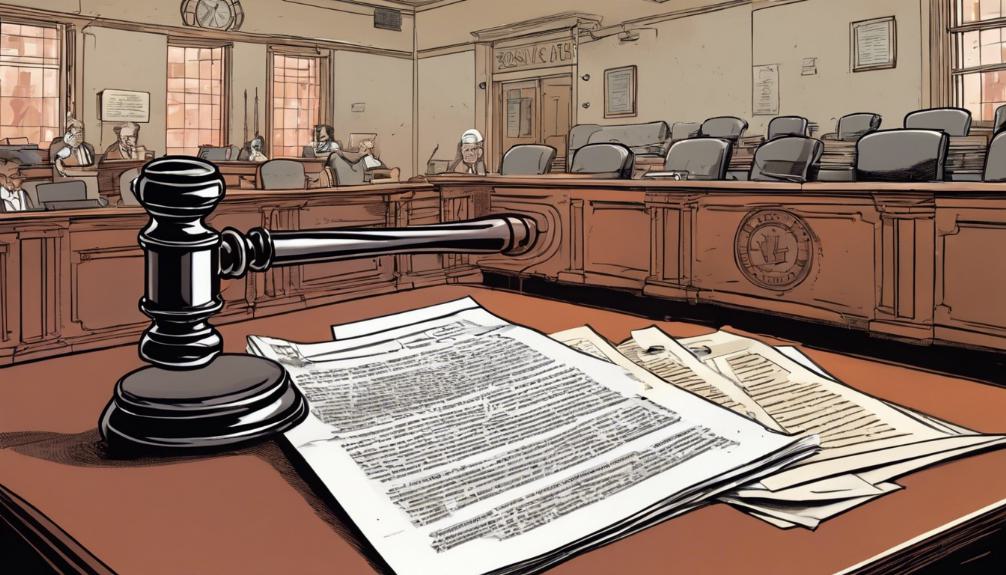
In the realm of legal disputes, medical device litigation represents a complex and rapidly evolving area, encompassing a wide range of cases against manufacturers for complications and injuries linked to their products. This branch of law is particularly significant because it directly concerns the health and well-being of individuals who rely on medical devices for their recovery and daily functioning. The litigation often revolves around allegations that the manufacturers failed to adequately warn about the risks associated with their devices or that the devices were defective. Successful litigation requires a deep understanding of both legal and medical principles, as well as a comprehensive analysis of how the device failed to perform as intended or caused harm to patients. This area of law serves as a critical mechanism for holding manufacturers accountable and ensuring that safety standards are rigorously maintained.
Other Product Liability Cases
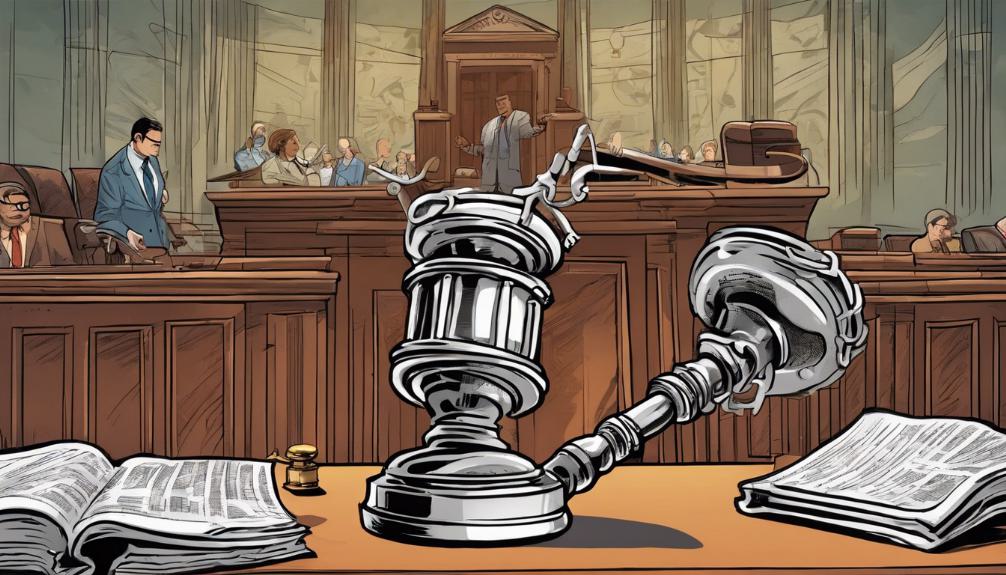
Beyond the realm of medical device litigation, product liability cases also cover a wide spectrum of other products that have led to consumer injuries or illnesses. These cases often involve everyday items found in homes and workplaces, such as talcum powder, herbicides like Roundup, and materials containing asbestos. Plaintiffs in these cases typically allege that exposure to these products has resulted in serious health conditions, including ovarian cancer, Parkinson's disease, and mesothelioma. The legal actions target manufacturers and suppliers, accusing them of negligence, failure to warn, and selling defective products. These lawsuits not only seek compensation for the injured parties but also aim to hold companies accountable for their actions, prompting better safety standards and practices in the industry.
Legal Disclaimers Explained

Understanding the importance and implications of legal disclaimers is crucial for individuals navigating through potential litigation related to injuries from medical devices, drugs, and other products. Legal disclaimers serve to clarify the scope of information presented, specifically that it is not intended to provide personalized medical or legal advice. These statements underscore that while the content may discuss potential complications and legal actions, it does not establish a client-attorney relationship nor does it substitute for professional consultation. Additionally, disclaimers often highlight the mention of specific products, companies, and trademarks solely for identification and informational purposes, without implying any affiliation or endorsement. They play a vital role in setting realistic expectations for readers, guiding them towards seeking appropriate professional advice for their unique situations.
Consulting a Legal Expert
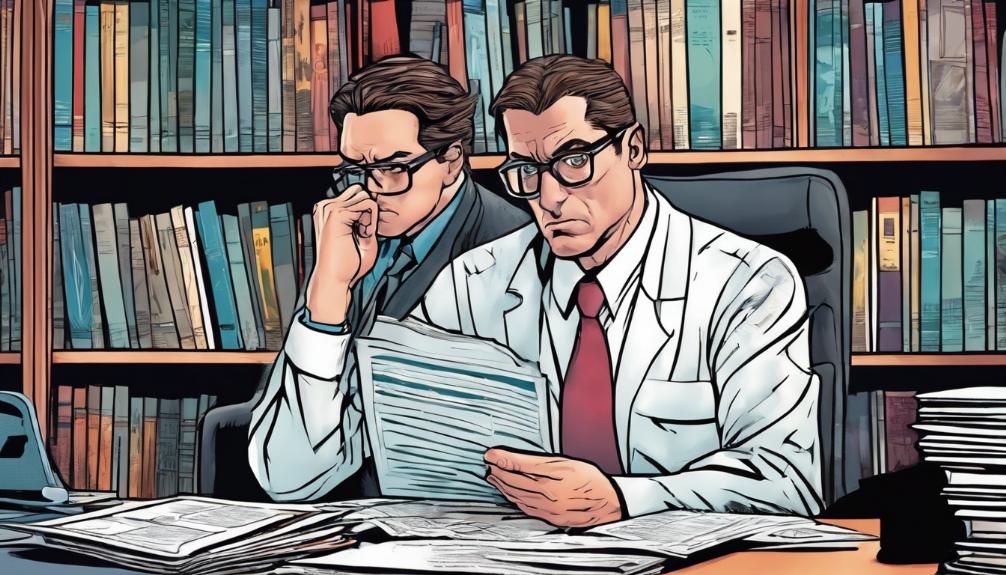
Seeking guidance from a legal expert is a crucial step for individuals considering litigation related to medical device, drug, or other product injuries. Consulting a legal professional who specializes in hernia mesh lawsuits, for instance, can provide invaluable insight into the complexities of such cases. These experts can offer advice on the viability of a claim, navigate through the intricate legal processes, and help secure the compensation that victims deserve. Moreover, a seasoned attorney can assess the details of your case against the backdrop of similar lawsuits, ensuring that your rights are fully represented. This is particularly important in cases involving medical devices like the Ventralight ST mesh, where the specifics of the product's composition and its potential impact on health are central to the lawsuit.
Frequently Asked Questions
How Does the Ventralight ST Mesh Differ From Other Hernia Repair Meshes on the Market in Terms of Its Design and Intended Benefits?
The Ventralight ST mesh is distinct from other hernia repair meshes due to its unique composition, combining polypropylene with a resorbable hydrogel barrier made of hyaluronic acid (HA) and carboxymethylcellulose (CMC). This innovative design aims to minimize tissue attachment to the mesh in the immediate post-operative period while promoting proper tissue ingrowth over time. The intended benefits include reduced complications and improved outcomes in hernia repair surgeries.
Are There Any Specific Lifestyle or Health Factors That Could Make Someone More Susceptible to Complications From Ventralight Mesh?
In the realm of medical interventions, particularly those involving hernia repair with mesh products, individual lifestyle and health factors can significantly influence outcomes. Factors such as a patient's overall health status, smoking habits, obesity, and chronic diseases can potentially heighten the risk of complications post-surgery. It is crucial for patients to discuss these aspects with their healthcare provider to assess the suitability of specific mesh products, like the Ventralight ST mesh, for their condition.
What Are the Long-Term Prognosis and Potential Health Outcomes for Patients Who Have Experienced Severe Complications From Ventralight Mesh?
Patients who have experienced severe complications from hernia mesh implants may face a range of long-term health outcomes. These can include chronic pain, infections, hernia recurrence, and the need for additional surgeries. The prognosis varies depending on the extent of complications and the individual's overall health. It is crucial for affected individuals to seek ongoing medical care and consult healthcare professionals to manage and mitigate long-term health impacts effectively.
Have There Been Any Notable Changes in the Manufacturing Process or Materials Used in Ventralight Mesh in Response to the Lawsuits and Reported Complications?
In response to inquiries regarding updates in the manufacturing or material composition of hernia mesh products, it is important to note that manufacturers often evaluate and adjust their processes following litigation and reported complications. However, specific changes to the Ventralight mesh, including any alterations in its manufacturing process or materials due to lawsuits, would require direct confirmation from the manufacturer or through official announcements and documentation detailing such modifications.
Can Patients Who Have Had Successful Hernia Repair With Ventralight Mesh Without Immediate Complications Still Be at Risk for Future Health Issues Related to the Mesh?
Patients who have undergone hernia repair using Ventralight mesh without experiencing immediate complications may still face potential risks for future health issues. The concerns arise from the composition and behavior of the mesh material over time, particularly regarding its integration with bodily tissues and possible long-term reactions. It is advisable for patients to remain vigilant and consult healthcare professionals for regular check-ups to monitor the condition of the mesh and surrounding tissues.

This post has been generated by AI and was not reviewed by editors. This is Not legal advice. Please consult with an attorney.




